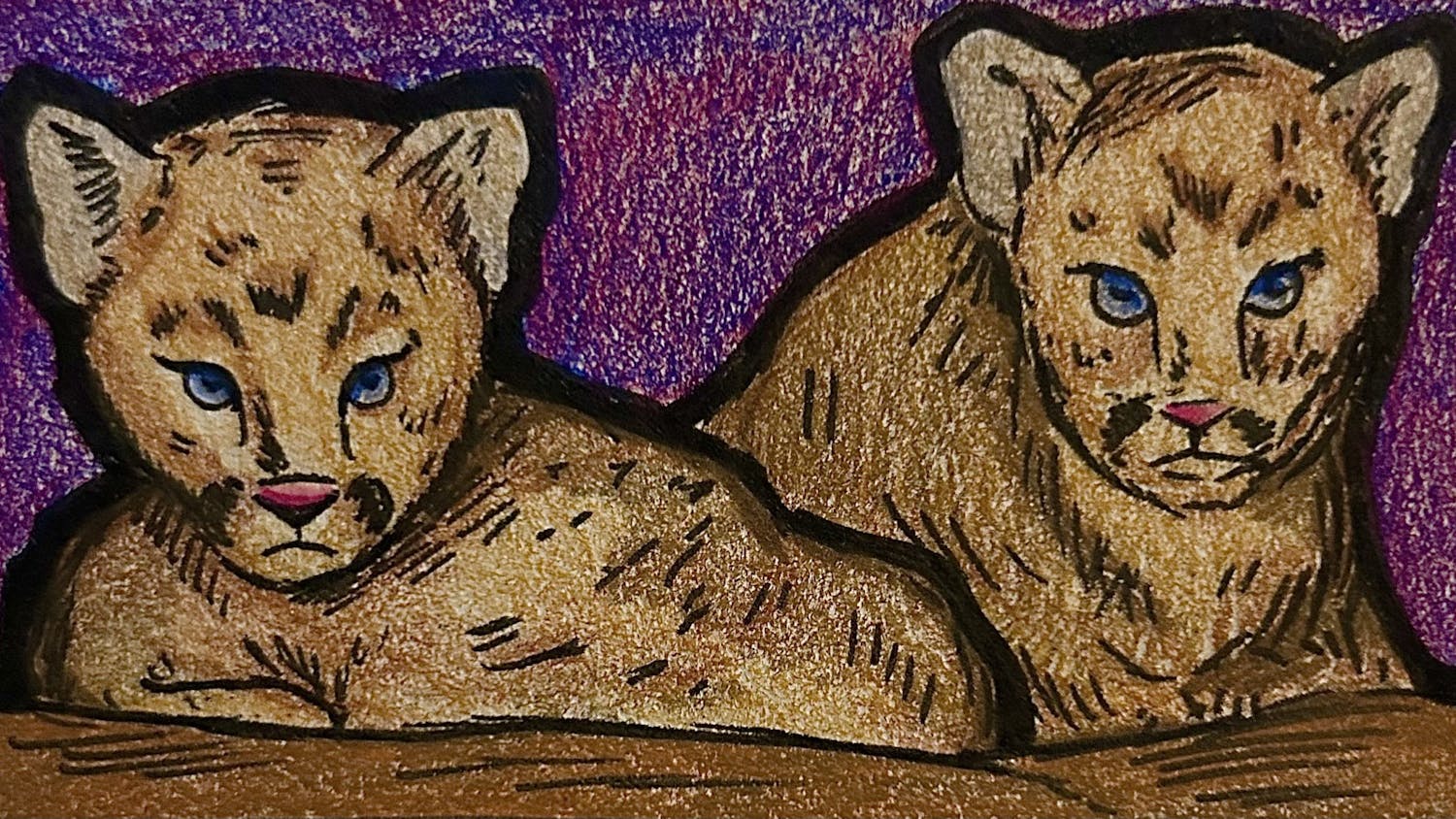A prevalent health problem in the developing countries of the tropics and subtropics is helminth or parasitic worm transmission. Among the most common parasites is a hookworm or a nematode roundworm with hooked mouthparts known to cause tissue obstruction, anemia and infestation in the stomach.
University of Wisconsin-Madison Professor Tony Goldberg, an epidemiologist, veterinarian, ecologist and associate director of research for the Global Health Institute and Sarah Paige, postdoctoral scholar and medical geographer, are part of the Kibale EcoHealth Project in the Kibale National Park region of Uganda. They have been studying infectious zoonotic diseases or diseases transmitted between animals and people.
“By focusing on primates like monkeys and apes and in the course of that research, we have discovered a lot of parasites and other infectious agents that are crossing species’ barriers,” Goldberg said.
Realizing this problem, Goldberg and Paige brainstormed ideas along with their team about ways to reduce parasitic transmission. They realized the solution may be as simple as convincing people to wear shoes.
In the Kabarole district of South Uganda, residents typically wear shoes but not always in places where they are necessary.
“Worms get into your feet by burrowing through your feet, and it is well known that if people wear shoes then it can reduce their transmission. But people oftentimes don’t entirely understand the benefits of wearing shoes for preventing worm infection,” Goldberg said.
“In fact, people often wear shoes from what we observe in places that aren’t going to help them, the places where the worms are [like] the compounds outside of your house in the fields where you are working, and yet they tend to wear their shoes to walk into town or when they go church on Sunday. So there was a little bit of disconnect between the health benefit of shoes and how people were using them.”
Knowing that illiteracy was high in that region, the team realized that a simple educational campaign with fliers or educational materials would be ineffective. Instead, they decided to spread the message with a picture. The idea was to use a compelling picture to convey to residents of the Kabarole district that they should wear shoes.
While playing around with the idea of placing a holographic image on the flip flop, the team came up with the nickname, “holoflop.” The flip flops would be slide-on shoes common in that region on which an image to relate the benefits of wearing shoes will be depicted.
“Team Flop” will use a lenticular image to convey their message. A lenticular image is a type of image that is usually motion-directed with a 3-dimensional. Most of us have seen this kind of image in goodie bags or trading cards. One of the simpler methods of this type of printing is the flip image where, depending on the angle of perception, the screen flips between one of two images.
The largest advantage of these images is that a lot of information can be packed into a small space and conveyed. The size of flip-flops, this is a key determiner of what image will be used and how the image will be placed.
“Our hope is that we can create an image that is self-explanatory and that the image does a lot of the education. We are hoping it will be so attractive and interesting that people will pay special attention to it and learn,” Goldberg said.
“The team is working on getting two images that would make up a flip hologram. One would associate barefeet with a sad emoticon and hookworm transmission while the other image would associate flip flops with happy face and good health."
The target population of this concept study is located in the Kabarole district in South Uganda and includes about a couple hundred individuals of all ages and both sexes. These individuals will be followed over a period of time where they will be interviewed on their likes and dislikes of the shoes. The team will also conduct a biological study of the effectiveness and a social study of how well people adapt to the holoflops. With promising results, there is a large range of population that could potentially benefit from these holoflops.
This project proposed by the team is being funded by the Gates foundation through the Grand Challenges Explorations Grants Program. And it was one among 81 projects out of over 2000 projects submitted by researchers that received grants to launch their new ideas. The project is linked to both the UW-Madison School of Veterinarian Medicine and the Global Health Institute. At this moment, the project is in the early development stage.
“We have some prototypes we’re going to test out and see what people think of them, and then we are going to work with a graphic design company to turn that into reality.” Goldberg said.






